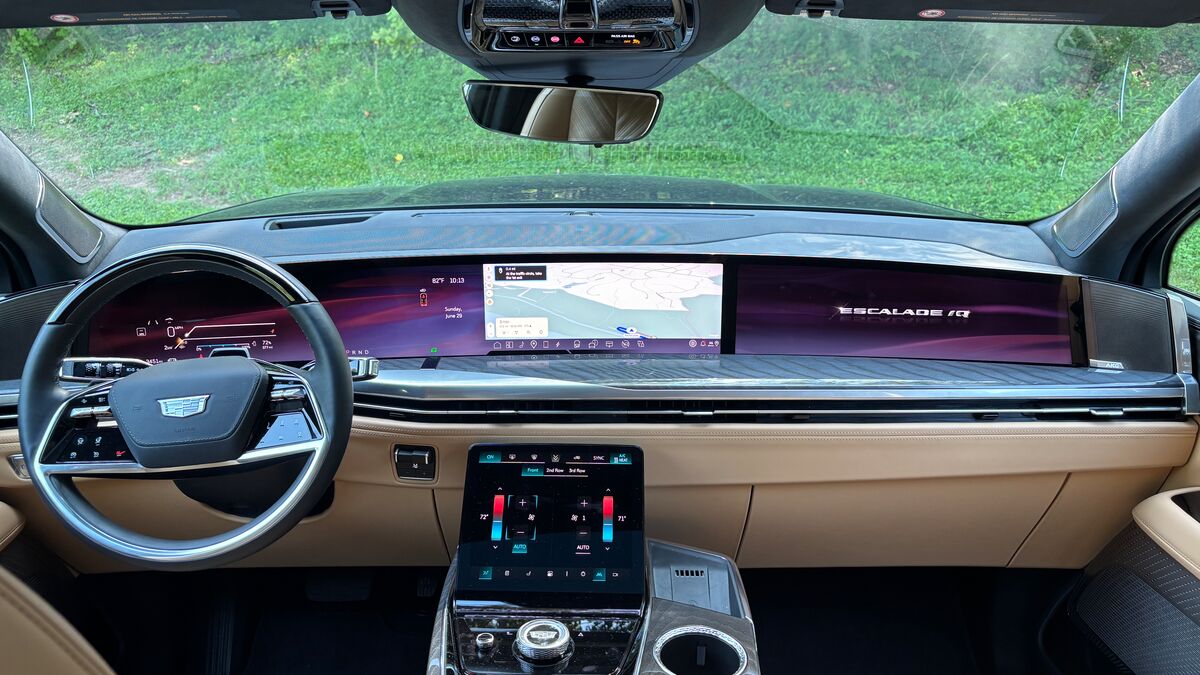- Both GM and Stellantis are projecting billion-dollar losses
Automakers have begun reporting financial results from the first half of the year. Several are projecting large losses, and blaming hefty auto industry tariffs for their predicament.
Stellantis Out $2.7 Billion in 6 Months
Stellantis, parent company of Alfa Romeo, Dodge, Fiat, Jeep, Maserati, and Ram, released preliminary financial results for the first half of 2025 yesterday.
The company projects a loss of $2.68 million over the past six months.
Stellantis blames “the early effects of US tariffs” and the restructuring costs it expects to incur responding to them.
The Associated Press notes that Stellantis “halted production at plants in Canada and Mexico in response to a 25% tax on imported cars, and it temporarily laid off 900 workers at plants in Michigan and Indiana.”
It benefits from one recent government decision, however. Congress recently ended enforcement of all fuel economy regulations at the federal level. The Trump administration informed automakers that it will waive fines dating back to 2022.
Stellantis has traditionally paid heavier fines than most rivals. Its Dodge and Ram brands have built their public images around large trucks and muscle cars, with no or very few small, fuel-efficient vehicles in their lineups.
GM Could Be Out $5 Billion This Year
General Motors, meanwhile, reported a net income drop of 35% in the second quarter.
Industry publication Automotive News reports that tariffs have cost the company “$1.1 billion since President Donald Trump began imposing them in April.”
GM “said it still expects tariffs to reduce profits by $4 billion to $5 billion this year.”
In a letter to shareholders, CEO Mary Barra wrote, “I believe everything we’re doing strategically and proactively, along with closer alignment of emissions rules with consumer demand, will further differentiate us from our competitors, increase our resilience, and help us emerge from this transition period even stronger and more profitable than before.”
But, AN notes, GM “is paying 25 percent tariffs on some of its most popular models, including full-size pickups assembled in Mexico and Canada and the entry-level Chevrolet Trax and Buick Envista from South Korea.” The company has not raised prices to equal the new costs. Automakers have, so far, worked to minimize the impact of tariffs on the window sticker.
The company predicted higher tariff impacts in the third quarter.
GM will also see impacts from the impending end of the federal government’s $7,500 electric vehicle (EV) tax credit. General Motors has grown into the country’s second-largest seller of EVs behind only Tesla.







